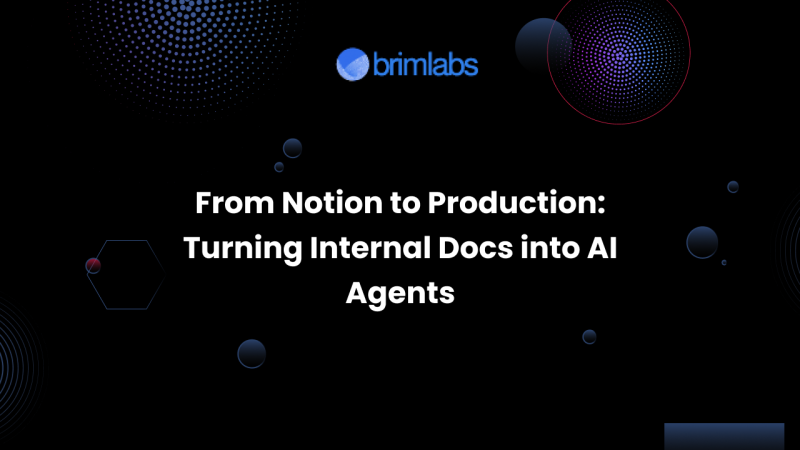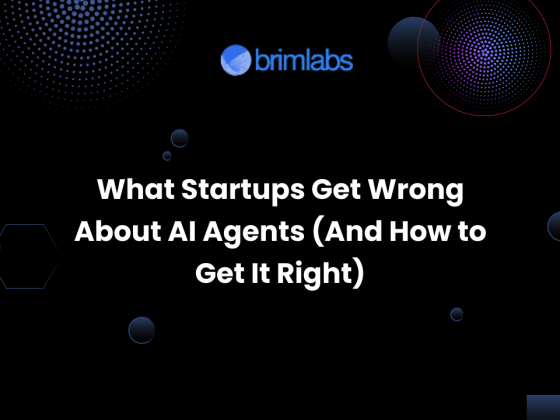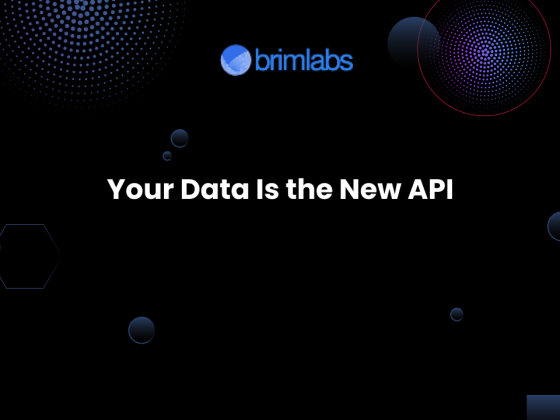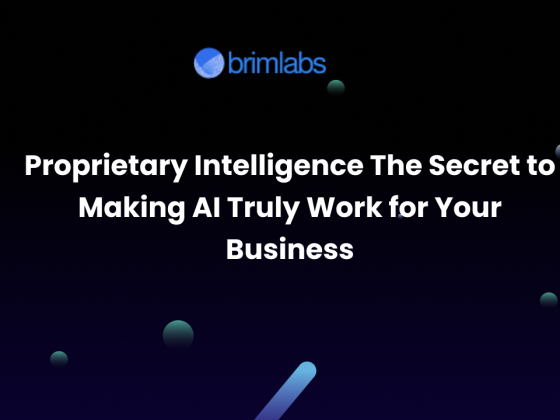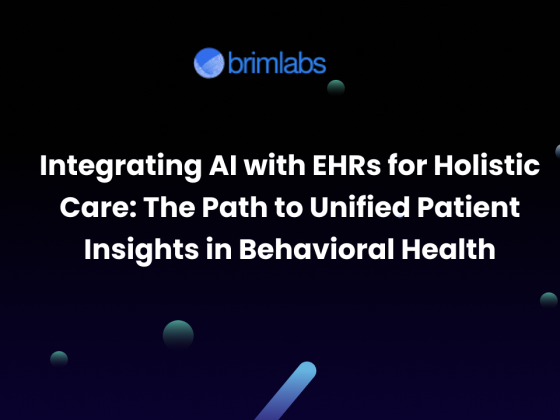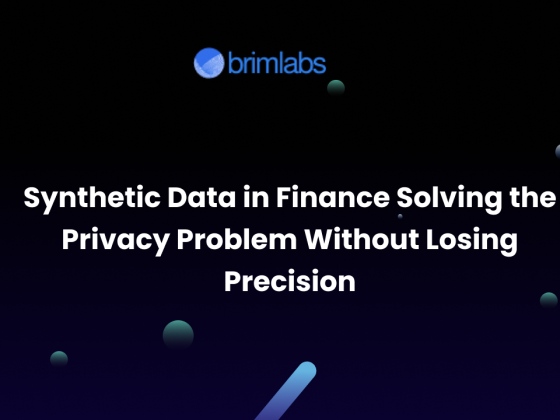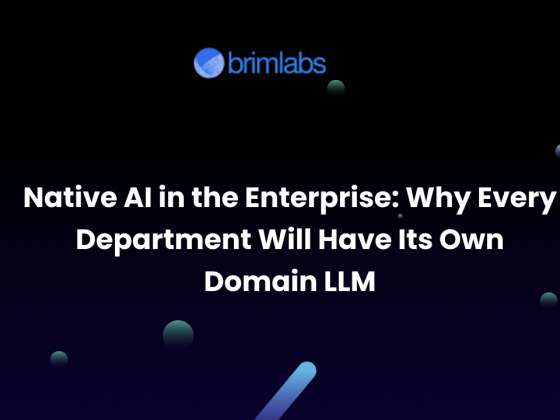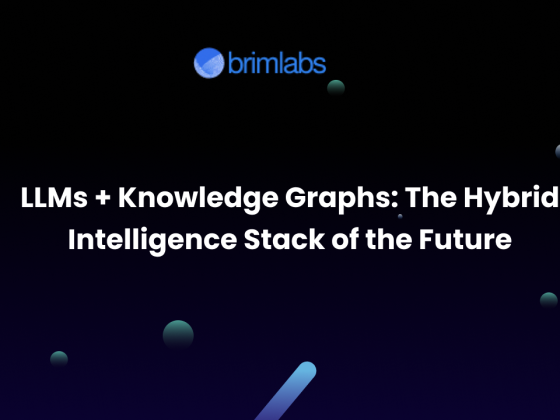Imagine if your team’s Notion pages, Confluence wikis, or SOP folders could talk back, guiding new hires, answering customer questions, and automating routine ops. That’s not a futuristic dream anymore. With recent advancements in RAG, vector embeddings, and language models, companies are turning their static internal documents into dynamic, conversational AI agents.
This is a major unlock for operational efficiency, and we’re seeing rapid adoption across product, HR, support, and compliance teams. At Brim Labs, we’ve helped several fast-moving teams deploy doc-trained AI agents that start small, learn fast, and scale with usage.
Let’s unpack how you can go from Notion chaos to production-ready agents, and why this is a game-changer for your org.
The Problem: Internal Docs Are Underutilized
Most growing companies rely on Notion, Google Docs, or wikis to document everything, from onboarding checklists and customer FAQs to engineering SOPs. But here’s the catch:
- Teams rarely search, they ask people.
- Docs get outdated fast.
- Context is scattered.
- Scaling knowledge transfer is slow.
As a result, operations remain dependent on tribal knowledge and Slack threads. Even with perfect documentation, the discoverability and usability of information lag behind real-time needs.
The Shift: Docs → Embeddings → Conversational Interfaces
The magic lies in embedding these documents into a vector database and using LLMs to query them with natural language. Here’s how the transformation works:
- Ingest & Chunk: We convert your Notion pages or PDF guides into clean, structured chunks.
- Embed: Using models like OpenAI’s Ada or open-source alternatives, we embed this content into vector space.
- Store: These embeddings go into a fast vector store like Pinecone, Weaviate, or Qdrant.
- Query: When a user asks a question, the system retrieves the top relevant chunks using semantic similarity.
- Generate: A powerful LLM (GPT-4, Claude, Mistral) generates the response using the retrieved context.
- Deploy: The agent is served via chat, API, Slackbot, or embedded widget.
This is Retrieval-Augmented Generation (RAG) in action, and it’s incredibly effective for internal ops, customer support, product documentation, and compliance automation.
Use Cases We’ve Shipped at Brim Labs
Here are a few real-world examples of how we’ve helped companies move from Notion to production AI agents:
1. Product Knowledge Agent for SaaS Teams
We helped a B2B SaaS company embed all their product and API documentation into a Slack AI bot. Their customer success and sales teams now resolve technical queries without pinging engineering.
Outcome: 70 percent reduction in internal ticket escalations.
2. HR and Policy Assistant for Distributed Teams
A remote-first fintech used our AI agent to make HR policies and reimbursement workflows conversational. Instead of digging through PDFs, employees simply ask the bot.
Outcome: 5 hours saved per week per team manager.
3. Compliance Doc Retrieval for Financial Institutions
We built a secure, domain-specific agent that interprets internal compliance manuals and maps them to regulatory queries. It also provides source citations.
Outcome: Improved audit readiness and cut research time by over 60 percent.
Why Now: Tech Maturity and Cost Drop
This was not possible just two years ago. But with better open-source models, fast vector DBs, and tools like LangChain, LlamaIndex, and Guardrails, building secure and explainable agents has become dramatically simpler.
Moreover:
- RAG pipelines are production-ready
- Fine-tuning is optional
- Latency and hallucination rates are improving
- LLM ops frameworks make monitoring easier
And for startups, the entry cost is now below $25K for a working MVP, a small price for long-term knowledge scalability.
Key Considerations Before You Build
Before turning your docs into an agent, ask:
- Is your content clean, structured, and versioned?
- Do you want it internal-only, or customer-facing?
- Is the content static or evolving daily?
- What level of traceability and citations do you need?
At Brim Labs, we help teams structure this from day one, with proper chunking strategies, eval metrics, and fallback handling to ensure your agent doesn’t just talk, but talks accurately.
Final Thoughts: Small Start, Big Impact
The real power of AI agents lies not in replacing humans, but in scaling knowledge access across your org. Start with one department, product, HR, or support, and build a doc-trained agent that learns, improves, and delivers measurable ROI.
At Brim Labs, we don’t just build chatbots. We co-build AI agents that understand your company’s brain and become part of your team’s daily workflow.Ready to turn your Notion chaos into clarity? Let’s chat: brimlabs.ai

